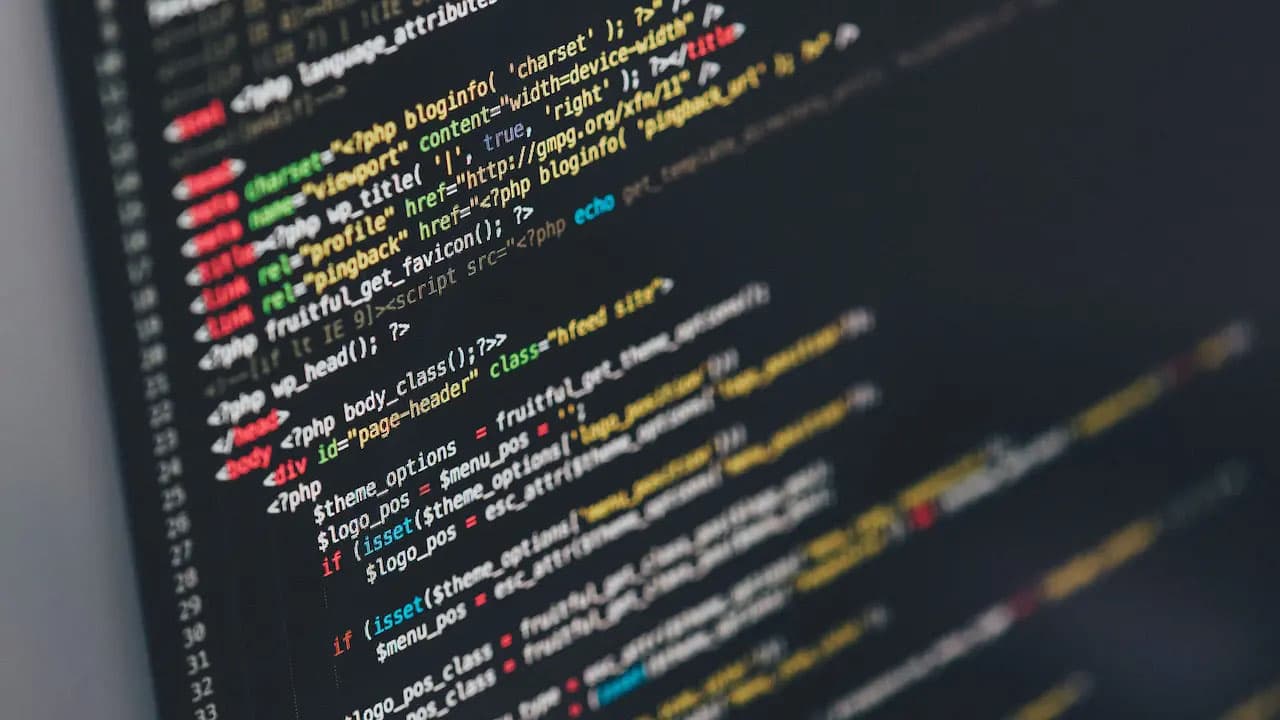How to Effectively Manage State in React Using Hooks
Have you ever struggled with managing state in your React applications? If you're new to React or looking for more efficient ways to handle state within your components, you're not alone. State management can be a tricky concept to grasp, especially when working with complex applications. Fortunately, React provides us with powerful tools such as hooks that can simplify the process and make our code more manageable. In this article, we'll explore how you can effectively manage state in React using hooks.
Understanding State in React
Before we dive into how to manage state using hooks, let's first understand what state is in React. State is an object that represents the dynamic data that a component can maintain and update over time. It allows React components to create a responsive and interactive user interface by storing and modifying data internally.
In traditional React class components, state is managed using the this.state and this.setState methods. However, with the introduction of hooks in React 16.8, we now have a more concise and functional way to manage state within functional components.
Introducing Hooks
Hooks are functions that allow you to use state and other React features in functional components. They provide a way to "hook into" React state and lifecycle features from function components. One of the most commonly used hooks for managing state is the useState hook.
The useState hook allows you to add state variables to functional components and update them whenever needed. It takes an initial state value as an argument and returns an array with the current state value and a function to update that value. Let's see an example of how to use the useState hook in a functional component:
Javascript
In this example, we define a Counter component that uses the useState hook to keep track of a count value. The setCount function is used to update the count state whenever the "Increment" button is clicked.
Managing Complex State with Objects
While the useState hook works great for managing simple state values like numbers or strings, what if you need to manage more complex state, such as an object with multiple properties? In such cases, you can use the useState hook with an object as the initial state value.
Let's look at an example where we manage the state of a user object with multiple properties:
Javascript
In this example, we define a UserProfile component that manages the state of a user object with name, age, and email properties. The handleInputChange function is used to update individual properties of the user object as users input their information.
Using Multiple State Variables
In some cases, you may find it more appropriate to use multiple state variables instead of storing all the data in a single object. This can make the code easier to manage and optimize performance, especially when dealing with large components.
Let's take a look at an example where we use multiple state variables to manage a form's input fields:
Javascript
In this example, we define a Form component that uses separate state variables for the username and password input fields. This allows us to update each input field independently without affecting the other.
Simplifying State Management with Custom Hooks
As your React application grows, you may find yourself reusing state logic in multiple components. In such cases, custom hooks can be a powerful tool to extract and reuse stateful logic across different components.
Let's create a custom hook that manages a loading state and error state for API requests:
Javascript
In this example, we create a custom hook useApiData that manages the data, loading, and error states for fetching data from an API. By encapsulating this logic in a custom hook, we can easily reuse it in multiple components that need to make API requests.
Managing state in React applications is a crucial aspect of building interactive and dynamic user interfaces. With the introduction of hooks, we now have a more streamlined and functional way to handle state within functional components. By leveraging hooks like useState and custom hooks, we can simplify our code, improve reusability, and enhance the overall maintainability of our React applications.
If you're looking to elevate your React skills and master state management with hooks, be sure to explore the official React documentation and experiment with different use cases to deepen your understanding of this powerful feature.
Start implementing hooks in your React projects today and take your state management to the next level!












